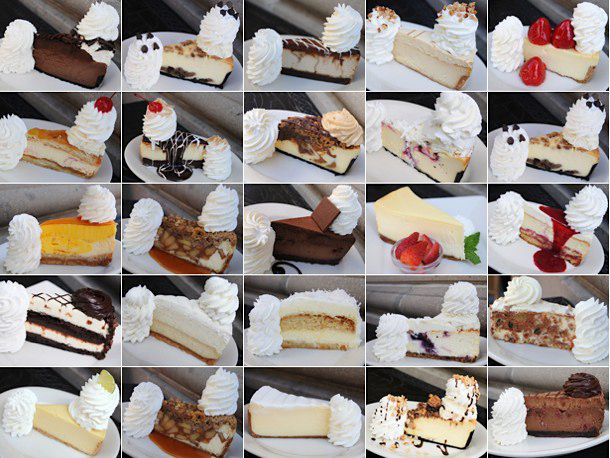Hello everyone,
I am on a dilemma on how should I bake my cheesecake properly, right now I am using gas oven, and non-spring form baking pan.
I've tried numerous times baking my cheesecake in a water bathe, apparently, my cheesecake doesn't get denser (I like it denser), it gets a bit soggy to be honest, compared to the cheesecake I baked for the first time without the water bathe. I bake my cheesecake at 180-190c around 30 mins for the first half, and, 25 mins for 150c, and leave it inside the oven for around an hour, this method apparently gives a nice brown top (which I also wanted to since it is hard to get a browning using a gas oven) but I don't want my filling to be soggy or bit wet. Should I try going back on baking the cheesecake without water bathe and bake the cheesecake at high temperature for few minutes and bake it longer it in a lower temperature to prevent it getting soggy? Thanks!
I am on a dilemma on how should I bake my cheesecake properly, right now I am using gas oven, and non-spring form baking pan.
I've tried numerous times baking my cheesecake in a water bathe, apparently, my cheesecake doesn't get denser (I like it denser), it gets a bit soggy to be honest, compared to the cheesecake I baked for the first time without the water bathe. I bake my cheesecake at 180-190c around 30 mins for the first half, and, 25 mins for 150c, and leave it inside the oven for around an hour, this method apparently gives a nice brown top (which I also wanted to since it is hard to get a browning using a gas oven) but I don't want my filling to be soggy or bit wet. Should I try going back on baking the cheesecake without water bathe and bake the cheesecake at high temperature for few minutes and bake it longer it in a lower temperature to prevent it getting soggy? Thanks!

